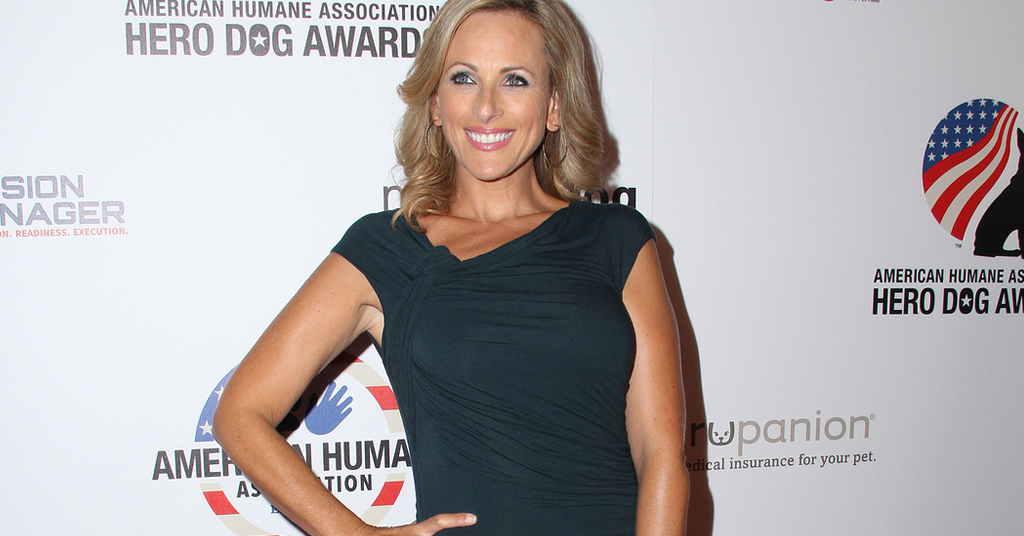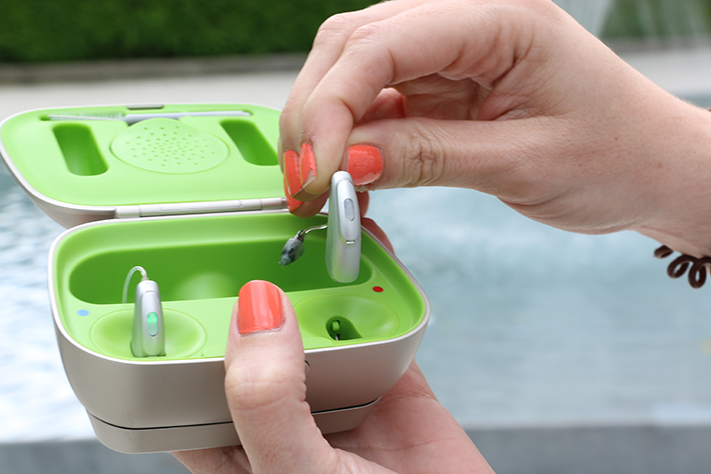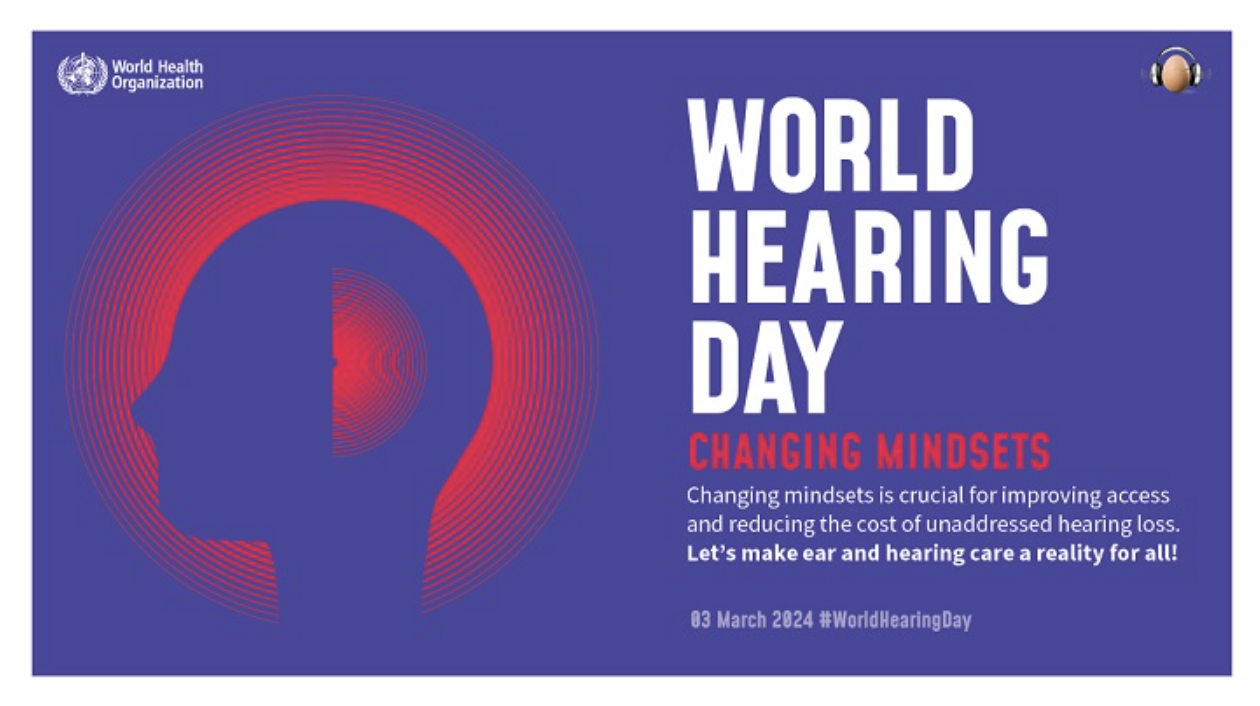
5 Holiday Sensory Games to Play with your Deaf Child
December 19, 2016
Who is at risk from noise-induced hearing loss?
December 21, 20165 Hearing Loss Issues that Defined 2016

Breaking stigmas, innovative technologies, new research and new perceptions have made 2016 a defining year for deaf culture.
From familiar names to brand new information, we’ve rounded out the Top 5 Hearing Loss Issues that Defined 2016:
1. #DeafTalent Rises
Nyle DiMarco and Broadway’s “Deaf West Theatre” actors helped pave the way for #DeafTalent in 2016, where we saw many more people with hearing loss break into the pop culture spotlight.
Active campaigns in the UK helped “End the Awkward” around people with disabilities, and more advertisements, music videos and TV shows featured people with hearing loss. There was even a push to get more accurate captions on YouTube, video games and TV shows, to make entertainment more accessible to those with hearing loss.
“It’s great that more people with #DeafTalent are making headlines, and that deafness and hearing loss overall are becoming more talked about topics,” says HLM author Ellie Parfitt, in a blog post. “I believe this is all necessary to break down the stigmas of hearing loss.”
Read more:
Are deaf people “retarded?”: Marlee Matlin and stigmas on hearing loss
#DeafTalent model Nyle DiMarco wows on Dancing with the Stars
The 10-year-old Deaf model who is breaking down stigmas
Community Spotlight: Deaf hip hop artist helps us feel the beat with BSL
2. Hearing Loss Declining, Unsafe Listening Still a Concern

By now we know that every day activities, such as listening to loud music and working in a loud environment, can cause hearing loss. With 1.1 billion teenagers were at risk of hearing loss due to unsafe listening practices, we were happy to learn this year that hearing loss may actually be on the decline overall.
According to a 2016 report, there is actually a declining prevalence of hearing loss in US adults aged 20 to 69 years old.
“The researchers reported that while 15.9 percent of the population studied in the earlier period had problems hearing, just 14.1 percent of the more recent group had hearing loss,” according The New York Times. “The good news is part of a continuing trend — Americans’ hearing has gotten steadily better since 1959.”
Experts say the reduction could be from a variety of factors, including better awareness and less use of ototoxic medications – including antibiotics and immunizations – that contribute to hearing loss, as well as better hearing protection use in work environments.
Still, experts say, it’s important to spread awareness of safe listening practice, especially in relation to headphone use among youths.
Read more:
10 Tips to Protect your Hearing
Study: College students displaying signs of “hidden hearing loss”
Study: Risky listening habits causing tinnitus in teens
3. Research into Gene Therapy
Is there a hearing loss gene? And if so, can scientists manipulate it to develop therapies that could restore someone’s hearing? This was a popular topic among scientists this year, who commonly studied mice to work toward these answers.
Read more:
Study: Gene to ‘turn off’ Tinnitus found
Study: Hearing Loss Gene Identified in Mice
Researchers Discover Gene for Sensorineural Hearing Loss
4. Innovative Hearing Products
Wearables were all the rage this year, and hearing technology is right on par with the most innovative products. The hassle of disposable batteries was diminished with Phonak’s new rechargeable hearing aids, the Audéo™ B-R, and more hearing aids are working seamlessly with mobile devices, TVs and nearly anything with Bluetooth technology.
Read more:
How deaf people can benefit from wearables
Simplify Life: Rechargeable hearing aids save 500 batteries
Are my Hearing Aids and Cell Phone Compatible?
5. FDA moves toward OTC Hearing Aid Sales
Americans with hearing loss may soon be able to purchase hearing aids over-the-counter. In a recent ruling by the U.S. Food and Drug Administration, the agency says it will no longer enforce the requirement for adults to complete a medical evaluation before purchasing hearing aids, opening the possibility of over-the-counter hearing aid sales.
OTC hearing aids could deliver new, innovative and lower-cost products to millions of consumers, according to the FDA, which they cite as reasons why the document was issued. Approximately 30 million people in the US have hearing loss, but only about 1/5 of those who could benefit from a hearing aid seek intervention, according to the FDA.
Read more:
FDA takes steps to improve hearing aid accessibility
What was your favorite hearing loss-related story of the year? Share them with us in the comment section or on social media!








